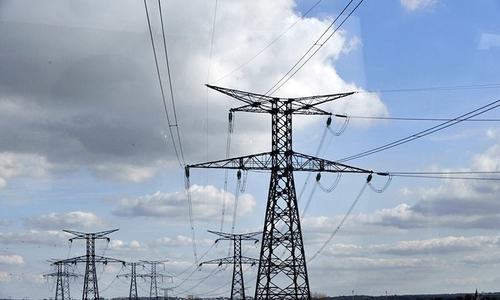Electricity bills are one of the major household expenses for Australian families. As per the Australian Bureau of Statistics report in 2013, an Australian household spends $39 on electricity per week. When electricity bills come through, one natural question that comes to mind is – was there so much electricity consumption last month. Is there any way to lower the energy bills?
If you have similar questions in mind, you need to visit energy comparison websites and compare energy plans. Here’s why you should compare energy plans before finalising one.
Save Money
Due to the changing nature of energy products, the current energy retailer might not guarantee that your current energy plan is the cheapest or the best energy plan they offer. Energy comparison websites will give you an idea of the best energy plans offered by different energy retailers. These websites can provide information about all energy retailers serving your locality.
When considering competitive energy providers, you need to compare the rate offered by other energy retailers with your current utility’s price. If you find a considerable difference between both rates, you can switch to the other energy retailers that offer cheaper energy rates to help you save money.
Variable Versus Fixed Plan
Australian energy retailers offer two types of energy plans – variable-rate and fixed-rate plans.
- A variable-rate energy plan is a standard type of energy plan offered by most Australian energy retailers. When you are on a variable rate plan, the energy retailer can revise the energy rates as per market conditions and energy generation costs. The energy retailer will provide you notice when changing the energy rates in your plan. In general, the prices change every 12 months. If you are a resident of South Australia, New South Wales, or Queensland, you can expect a price change during July. If you stay in Victoria, the price change is announced in January.
- In a fixed-rate plan, the energy retailer will not change the charges you pay for the electricity for a specific period, that is one or two years. The fixed-rate plan allows you to continue with today’s electricity rates for the next one or two years. It can be beneficial in the current market economy where energy prices are consistently rising.
Discounts
Energy retailers offer various discounts to variable-rate plan users that allow them to save money on energy bills. Fixed-rate plan users do not get discounts for prompt payment or debit card payments. You need to look at your energy consumption and do homework on various discounts offered by the energy retailer in the past. It is necessary as the discount offers change with time, and energy retailers often recycle various discount schemes to keep the energy rates competitive and attractive to consumers.
Get Best Solar Feed-in Tariffs
The Australian government offers financial incentives to its citizens who want to embrace renewable energy resources. The Small-scale Renewable Energy Scheme provides incentives to individuals and businesses to install eligible small-scale renewable energy systems like solar PV systems. The Australian government has enacted laws that allow non-commercial energy producers to export surplus electricity to the national grid.
When your solar PV system connected to the national grid injects electricity into the grid, your energy retailer provides you energy credits. Energy retailers pay a specific rate per kWh to the user for every kWh injected into the grid. The feed-in tariffs differ with energy retailers and states. For example, Victoria offers a flat feed-in tariff rate of 9.9c/kWh for excess energy generated, while South Australia provides a feed-in tariff rate in the range of 8c to 17c per kWh. The feed-in tariffs vary with energy retailers.
Consumers who have solar PV systems installed can opt for special energy plans that include standard energy rates and feed-in tariff rates. Some energy retailers offer high feed-in tariffs and high energy rates for electricity that your home draws from the grid. Before comparing energy plans, you need to find out the energy usage pattern in your home to decide which plan will work best for you.
Some households require less electricity after sunset, and they can benefit from plans that offer high feed-in tariffs and high energy rates. Since they will export more energy to the grid and draw less energy from the grid, their energy bills will be low. If your energy requirements after sunset are high, you need to look for an energy plan that offers a balanced rate for electricity drawn from the grid and feed-in tariffs.
To sum up, understanding your energy usage patterns and comparing energy plans can help you select a plan that can provide higher cost savings.
